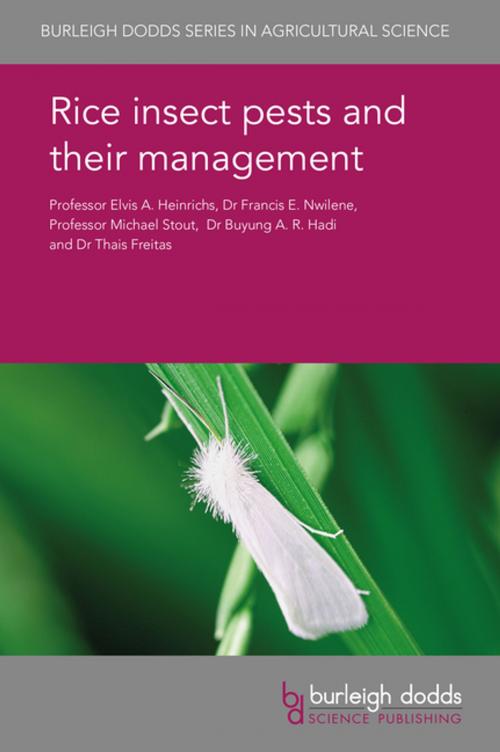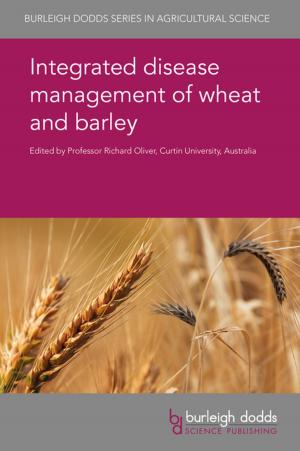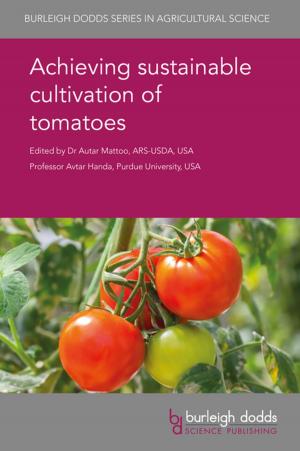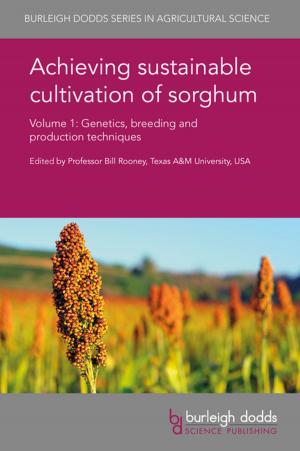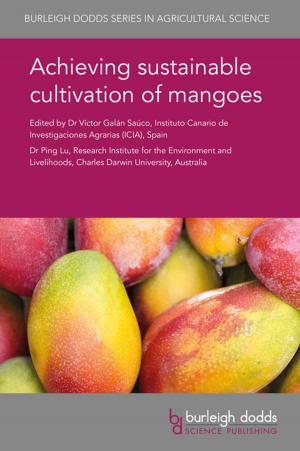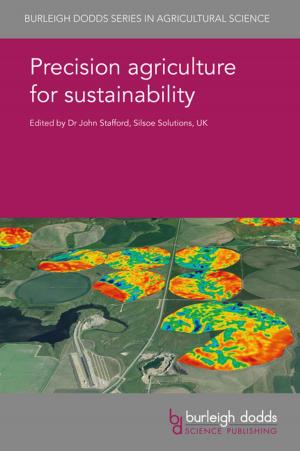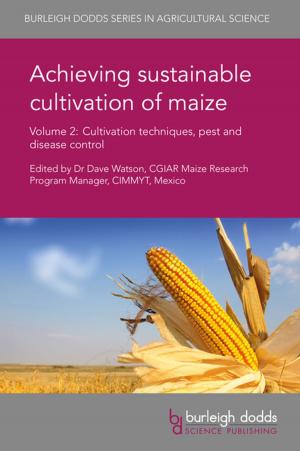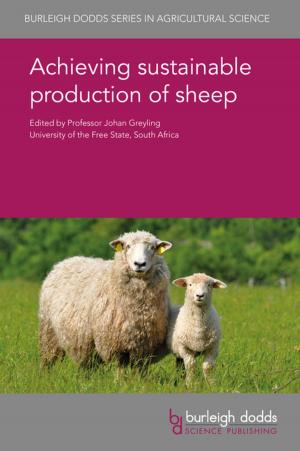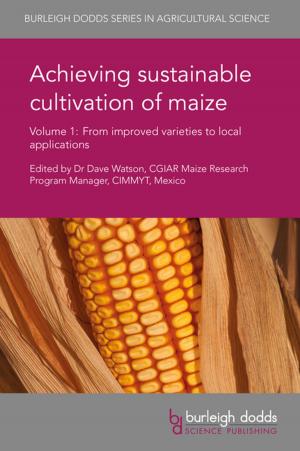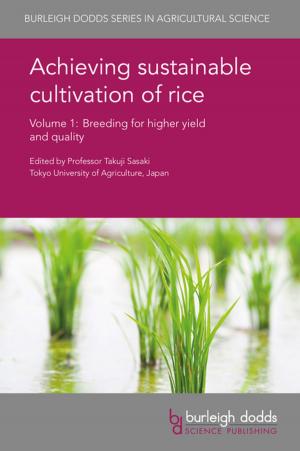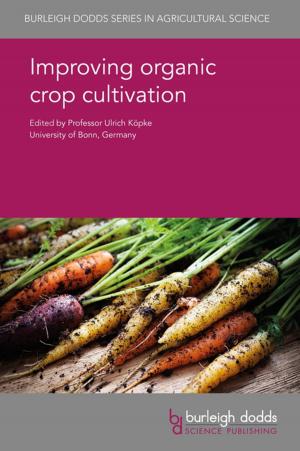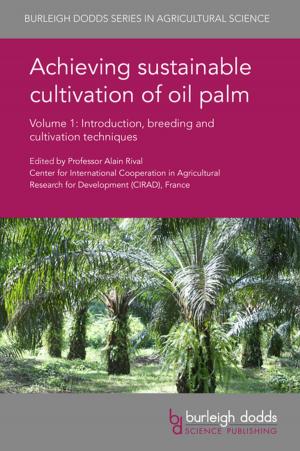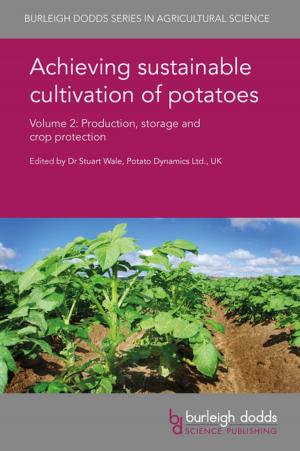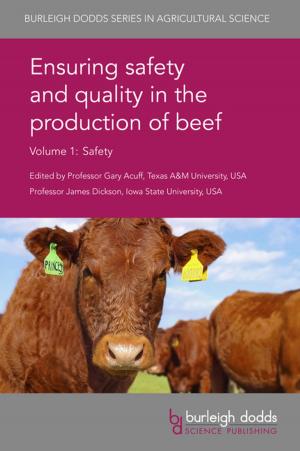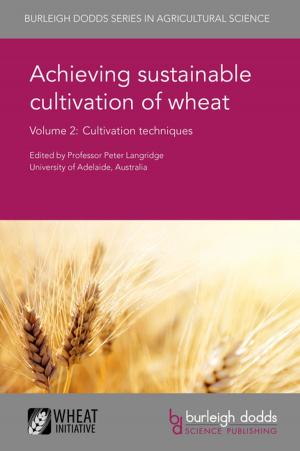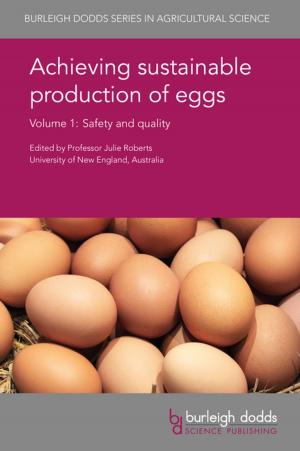Rice insect pests and their management
Nonfiction, Science & Nature, Science, Biological Sciences, Entomology, Technology, Agriculture & Animal Husbandry| Author: | Prof. E. A. Heinrichs, Dr Francis E. Nwilene, Professor Michael J. Stout, Dr Buyung A. R. Hadi, Dr Thais Freitas | ISBN: | 9781786761989 |
| Publisher: | Burleigh Dodds Science Publishing | Publication: | June 16, 2017 |
| Imprint: | Burleigh Dodds Science Publishing | Language: | English |
| Author: | Prof. E. A. Heinrichs, Dr Francis E. Nwilene, Professor Michael J. Stout, Dr Buyung A. R. Hadi, Dr Thais Freitas |
| ISBN: | 9781786761989 |
| Publisher: | Burleigh Dodds Science Publishing |
| Publication: | June 16, 2017 |
| Imprint: | Burleigh Dodds Science Publishing |
| Language: | English |
The rice plant is an ideal host for many insect species. All of the plant parts are vulnerable to insect-feeding from the time of sowing till harvest. There are over 800 insect species damaging rice in one way or another, although the majority of them do very little damage. In tropical Asia only about 20 species are of major importance. In Africa, 15 species of insects are considered major rice pests and in the Americas about 20 species are considered major pests.
To develop effective pest management strategies, it is essential to properly identify and understand the biology and ecology of insect pests and the arthropods that help regulate their populations. This book effectively utilizes the unique knowledge and expertise of leading rice entomologists from Africa, Asia and the Americas to provide the first global coverage of rice insect pests. The discussion of each pest includes geographical distribution, plant hosts other than rice, description and biology, plant damage and ecology.
The rice plant is an ideal host for many insect species. All of the plant parts are vulnerable to insect-feeding from the time of sowing till harvest. There are over 800 insect species damaging rice in one way or another, although the majority of them do very little damage. In tropical Asia only about 20 species are of major importance. In Africa, 15 species of insects are considered major rice pests and in the Americas about 20 species are considered major pests.
To develop effective pest management strategies, it is essential to properly identify and understand the biology and ecology of insect pests and the arthropods that help regulate their populations. This book effectively utilizes the unique knowledge and expertise of leading rice entomologists from Africa, Asia and the Americas to provide the first global coverage of rice insect pests. The discussion of each pest includes geographical distribution, plant hosts other than rice, description and biology, plant damage and ecology.
